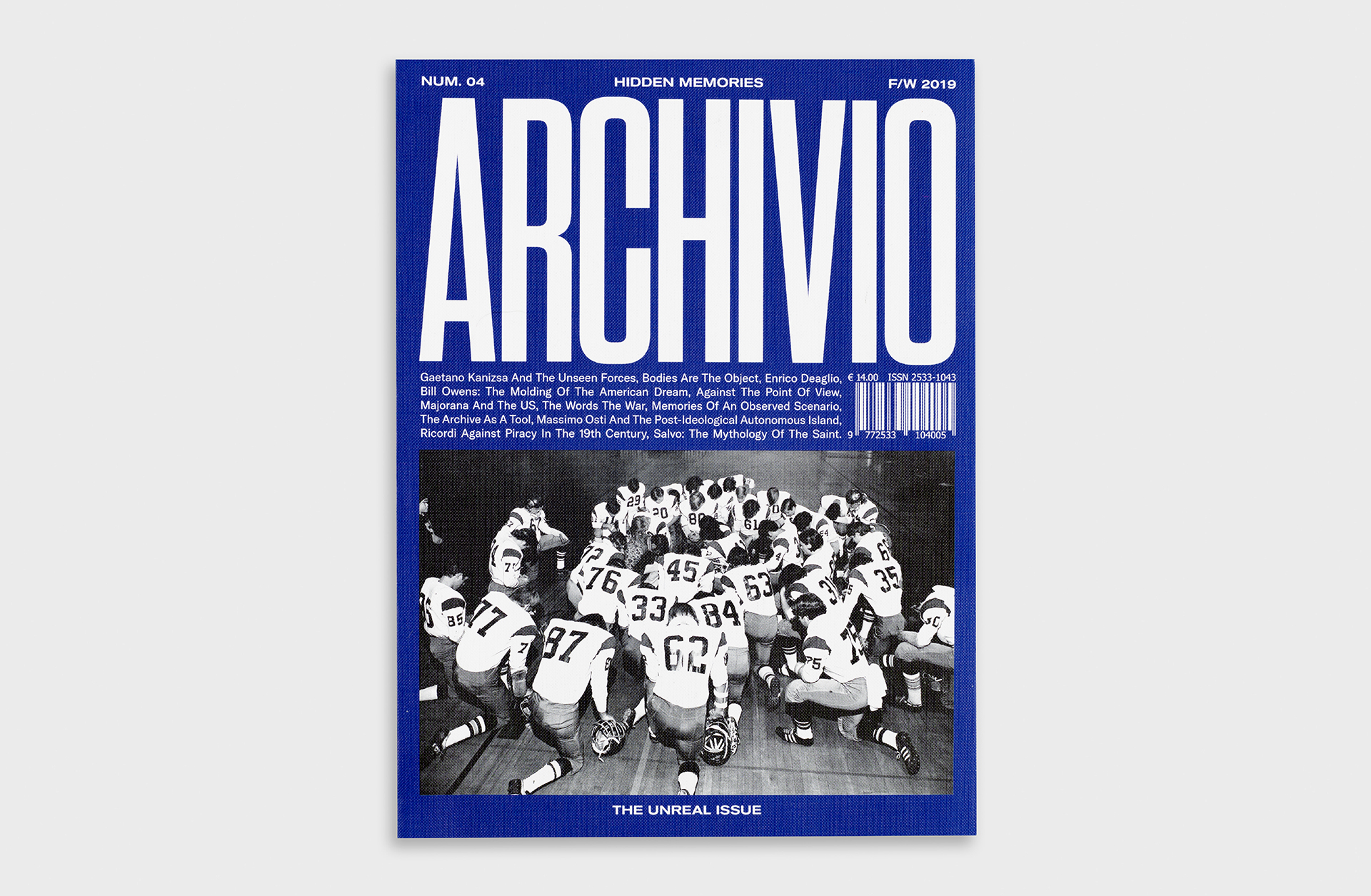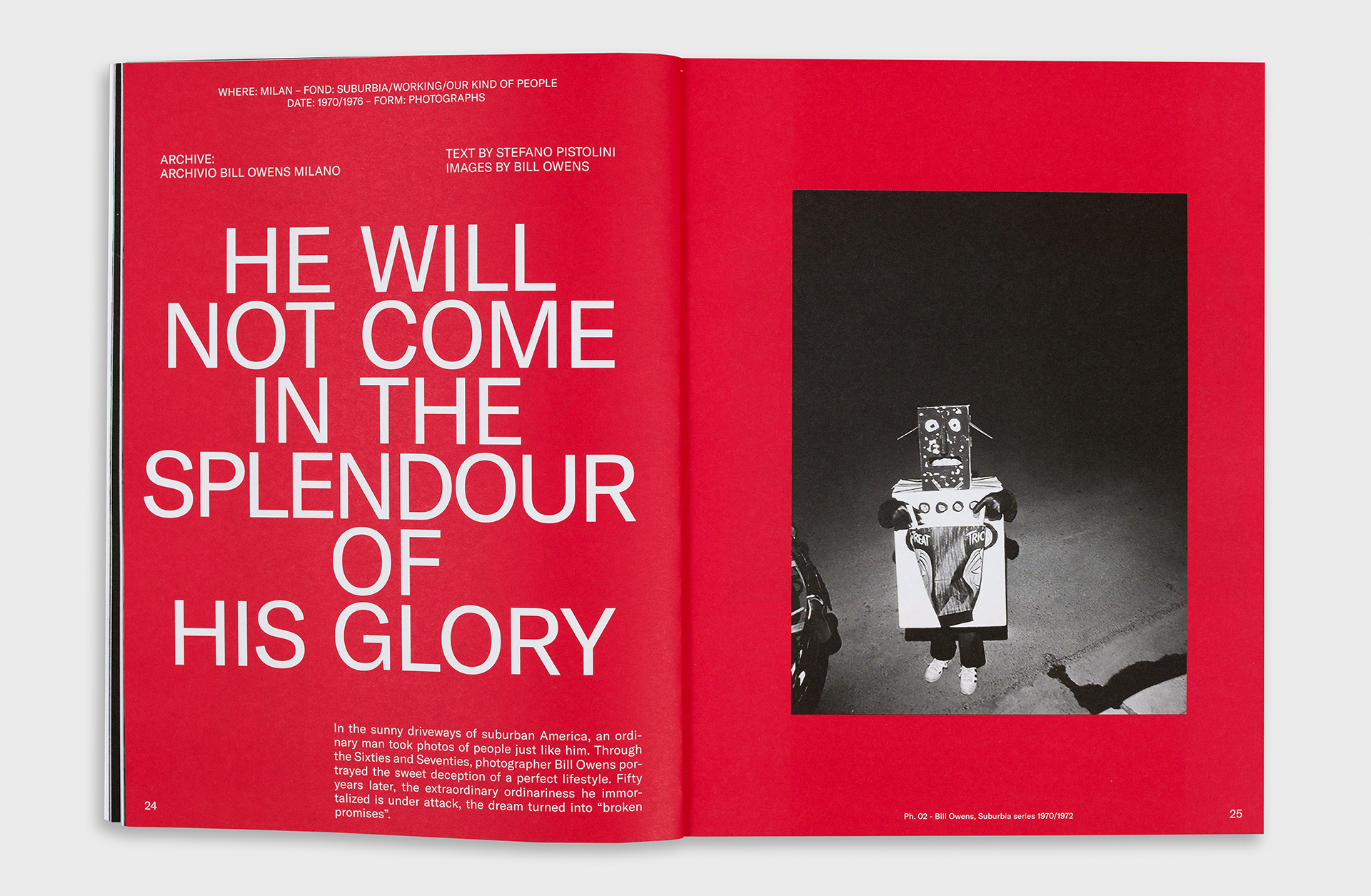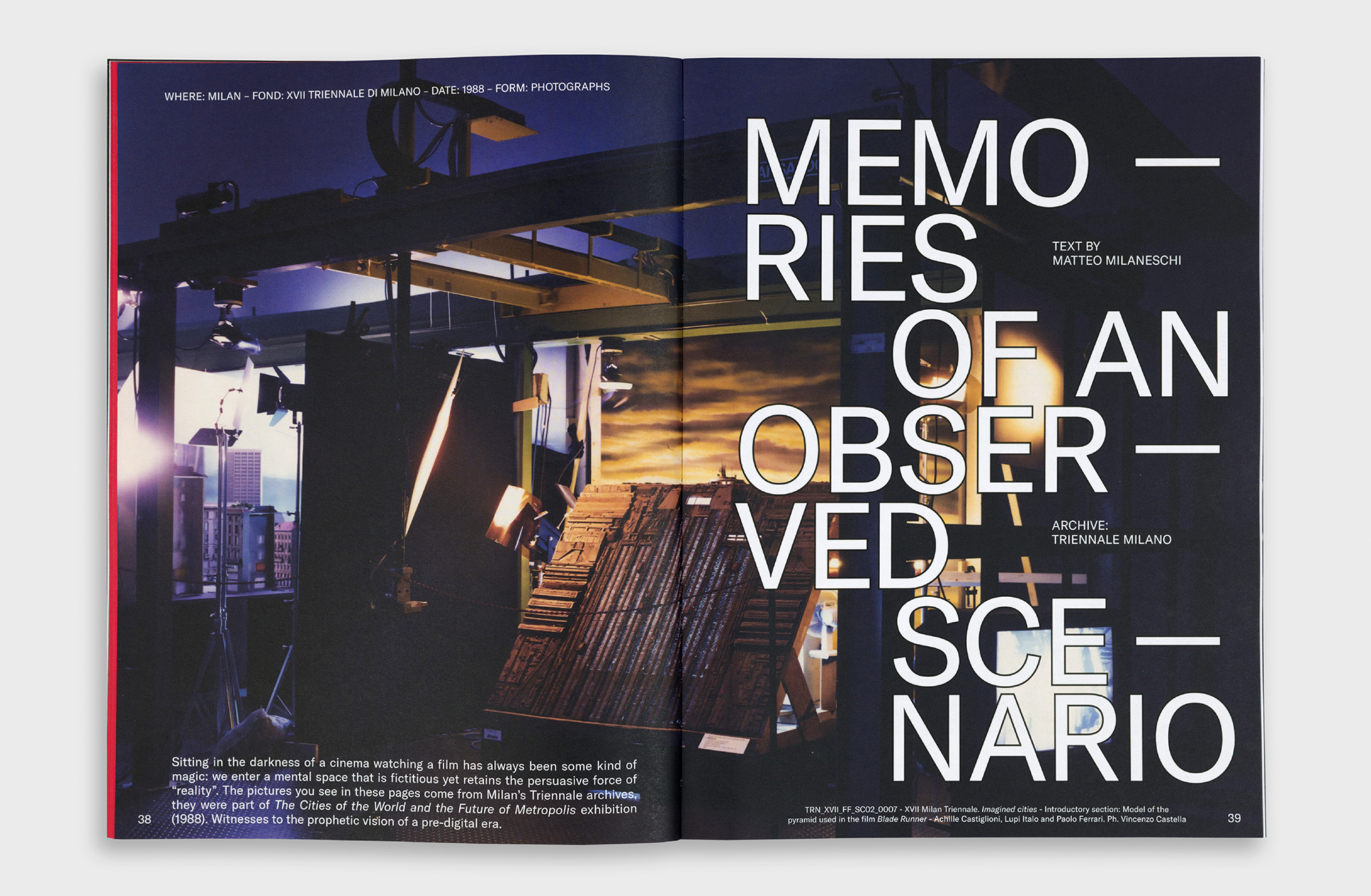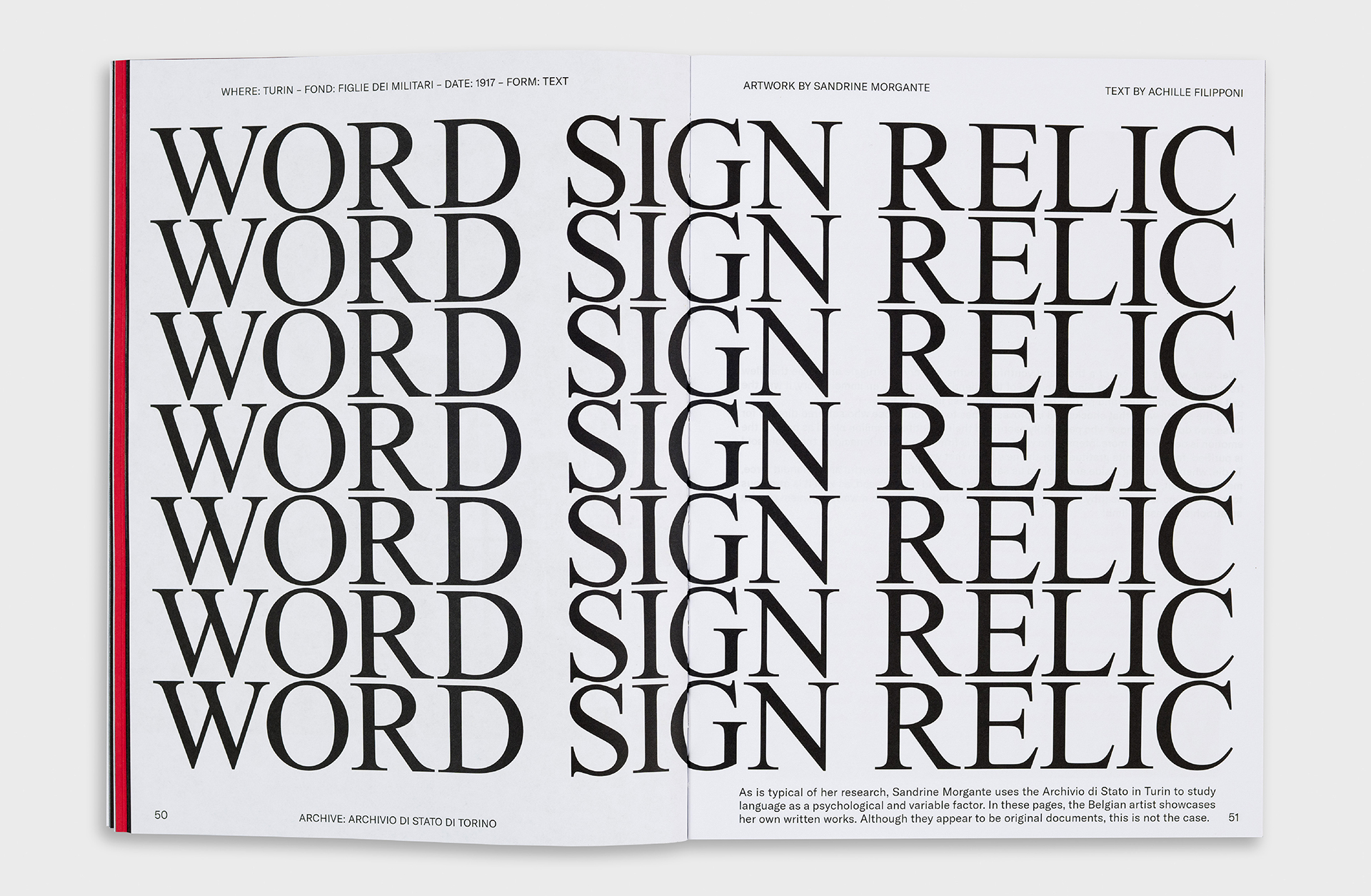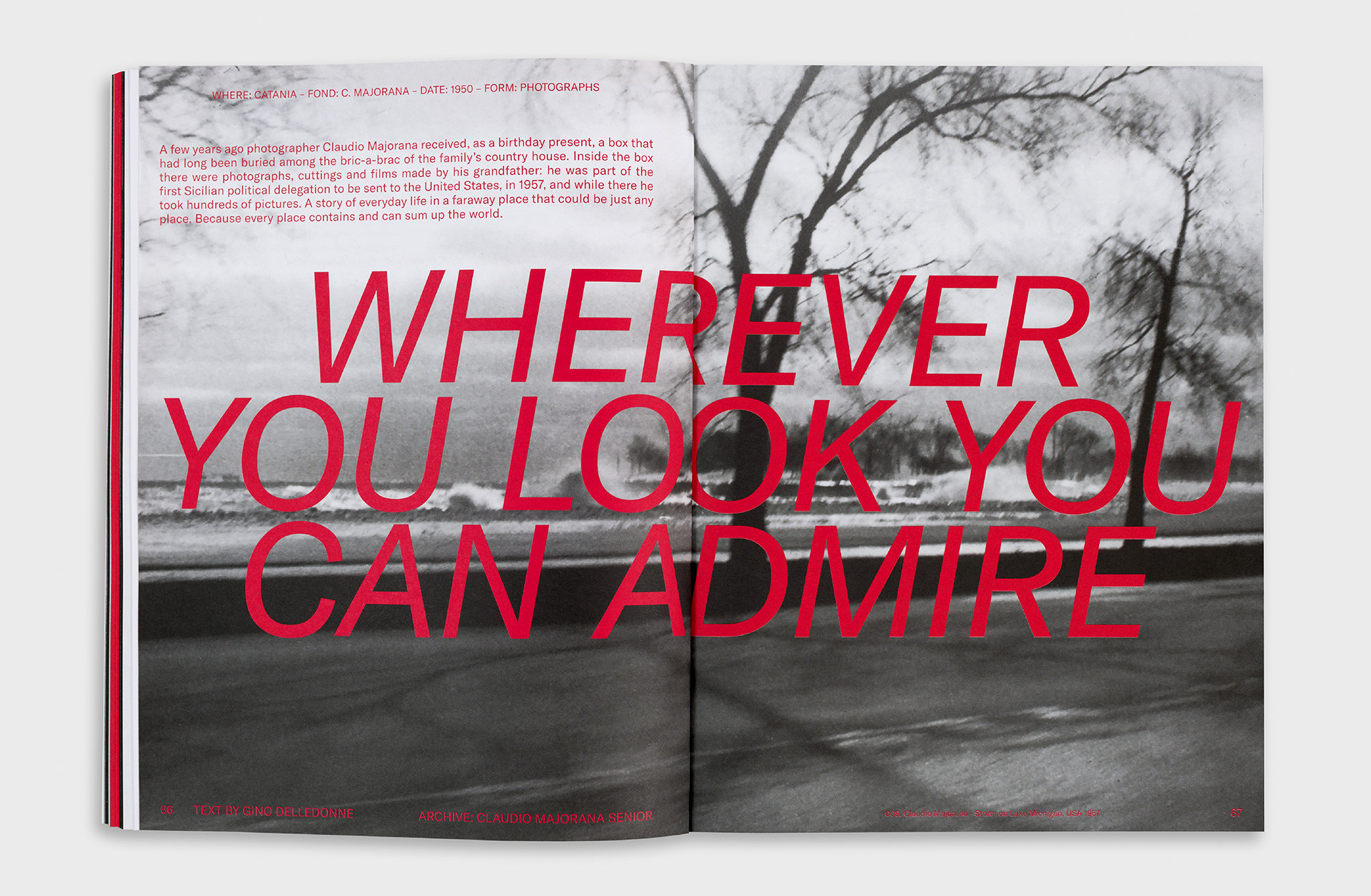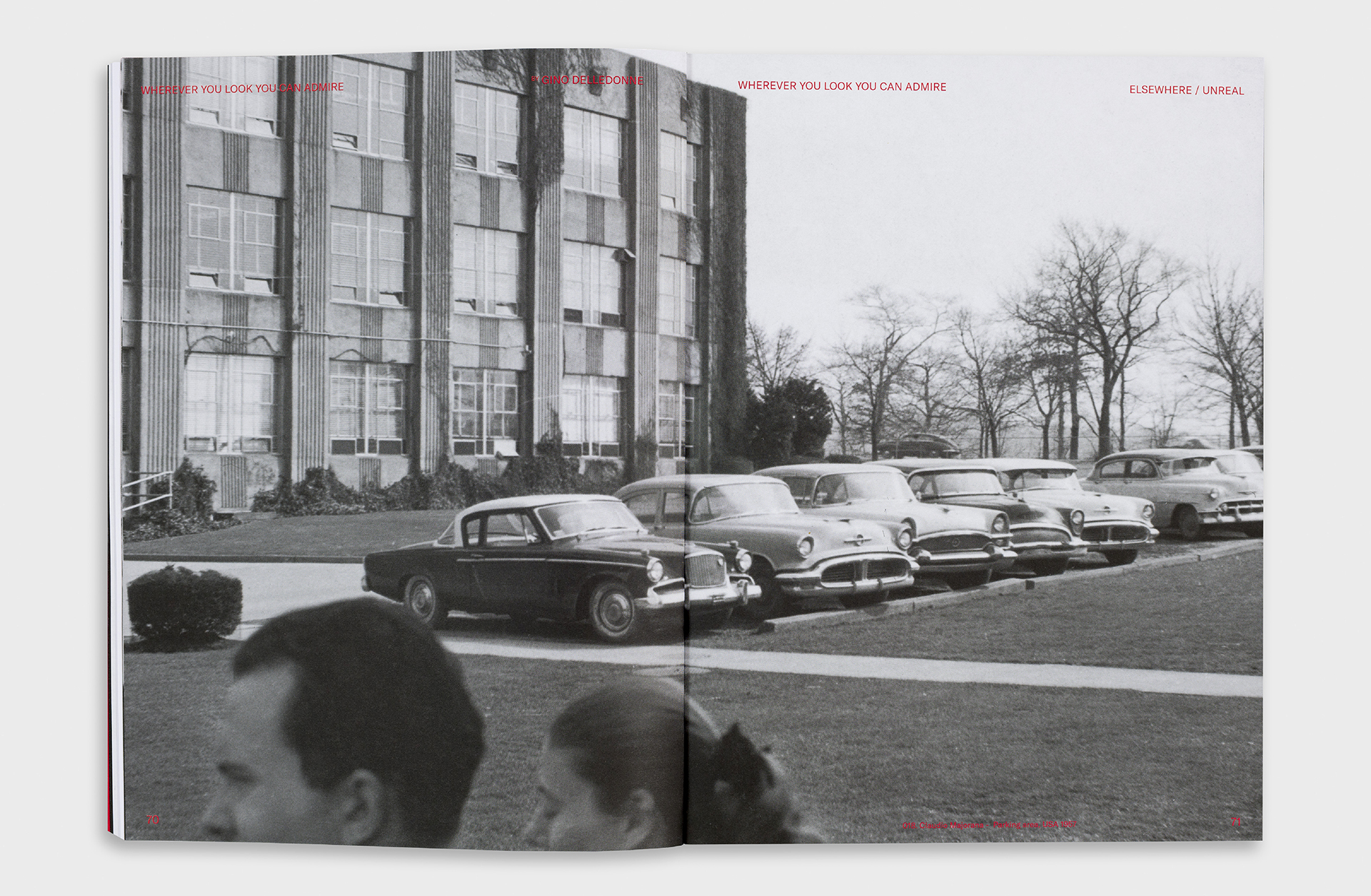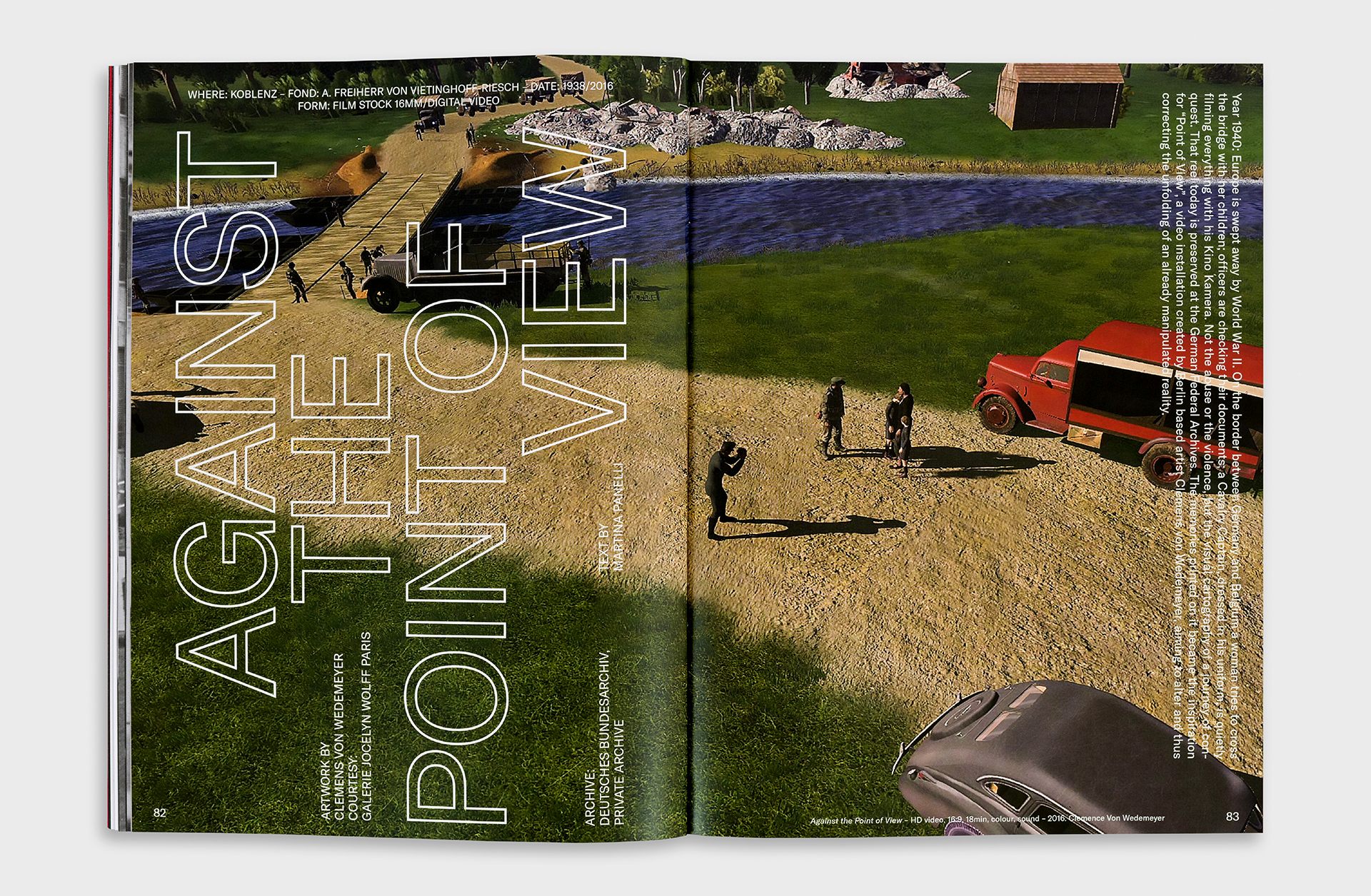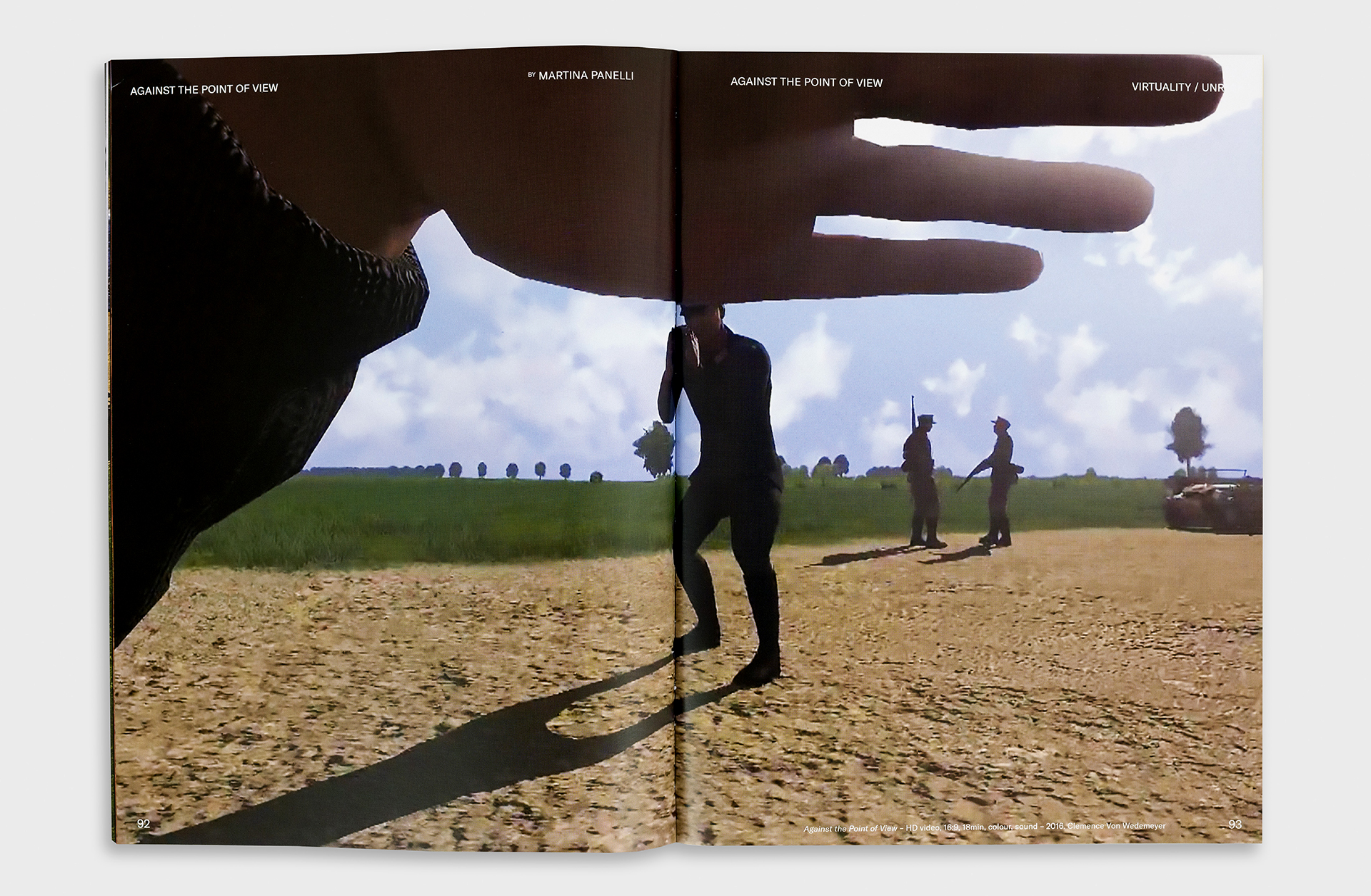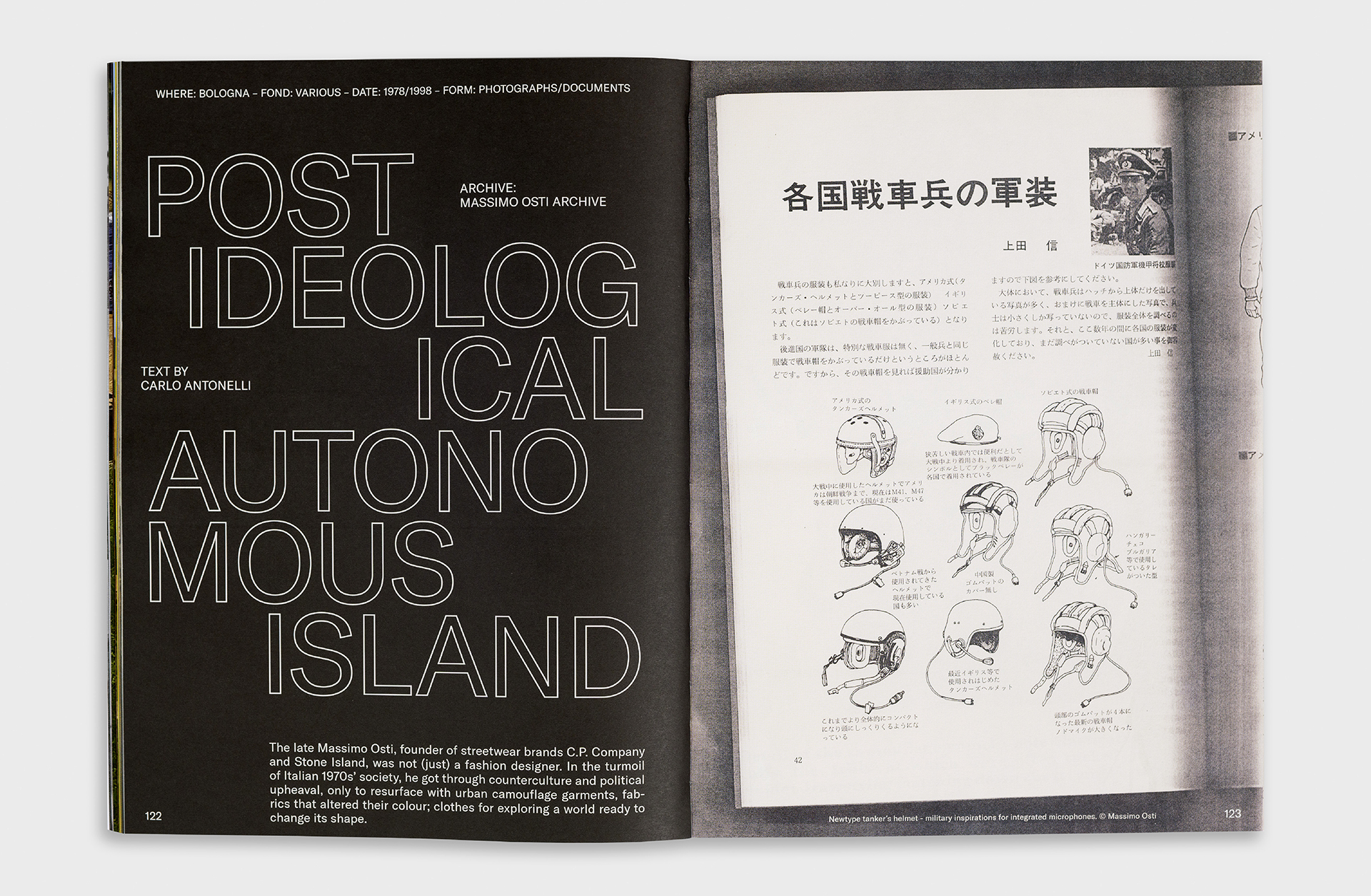Archivio Issue 4
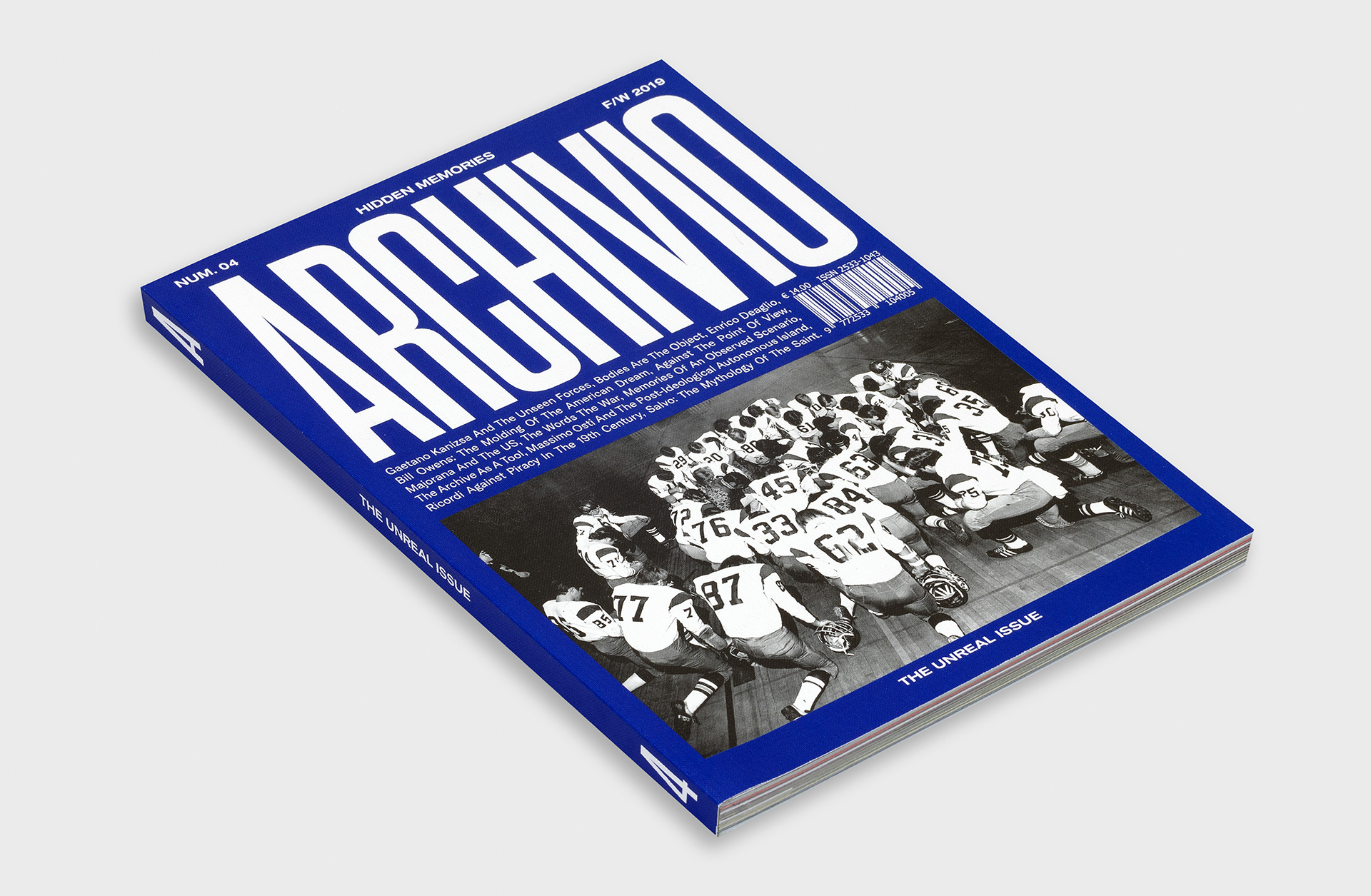
The Unreal Issue is a remodulation of the relationship existing between the human perception of history, the influence that the context exercises on it and the role that the practice of archiving plays in the processes to document and analyse events. Like our current tendency to complain of the emergence of an excessively subjective component in the writing of what should be impartial algorithms, in order to conserve, preserve and recount a phenomenon we have to place ourselves in the spectators’ shoes and consequently adopt a certain point of view on things. It is not a limit but a structural quality which those who live in the ‘real’ have to be willing to deal with and, if necessary, exploit to produce new horizons of meaning that can add to the already present vanishing points of that perspectival vision. It is what Jacques Rancière would define a process of emancipation and Carolyn Christov-Bakargiev, art historian, curator and current director of the Castello di Rivoli Museo d’Arte Contemporanea, writes in these pages is a ‘process to build the past’. This issue undertakes a complex analysis, produced by moving within different fields – from art to politics via the anthropology of style, the vernacular image, theatre, sociology and pop culture. The aim of all this is to interrelate the properties characterizing the media that can be encountered in an archive, their contents and the intentions originally displayed by the authors. What results, article after article, is more and more ways of understanding and relating to the concept of the real. Sandrine Morgante’s transcription and cut-ups of some school texts written during the First World War and found in the Archivio di Stato di Torino, as well as the phenomenological analysis performed on the artist Clemens Von Wedemeyer and his work P.O.V. – in which he uses 3D modelling software to alter the course of some events recorded between 1938 and 1942 by a Siemens Kino Kamera B owned by a captain of the German cavalry – expand the spectrum of meanings hitherto offered by these archive documents. And, despite their falsifying intention, they manage to produce a greater adherence to reality. The views of the metropolitan suburbia in 1950s and 60s America taken by Bill Owens, capable of reflecting the signs of a population dazzled by the promises of the American Dream; the scale models of the skyscrapers used in the filming of Blade Runner (Ridley Scott, 1982) and displayed on occasion of the XVII Triennale di Milano stripped of the illusion they exercised over viewers as they show us memories of unknown, but nevertheless familiar cities; or the 12 Autoritratti (12 Self-Portraits) by Salvo, in which the artist produces collages by replacing the face on each of the different bodies with his own: they are all investigative approaches which, albeit in different forms, highlight the fallacy of the phenomena and upset the perception that we have of them. It is a perception at times so volatile that it requires a gigantic physical counterweight. Just like the lead matrices housed inside the Archivio Storico Ricordi, until 1840 the only tool able to guarantee the intellectual property of a specific musical composition. The Unreal Issue is first of all a critical study exposing the reader to the changing nature of what we believe to be real. An issue ready to welcome whoever wants to increase their understanding of history through archive documentation, while pronouncing those same words also chosen by Jean Baudrillard, Slavoj Žižek and the Wachowski sisters: ‘Welcome to the Desert of the Real’.
